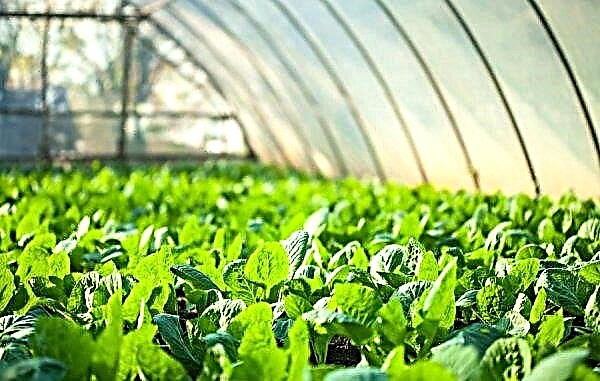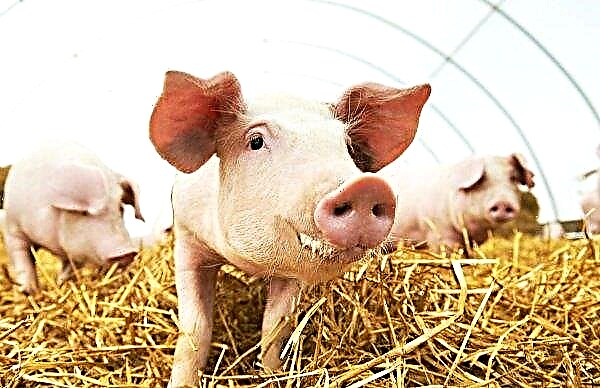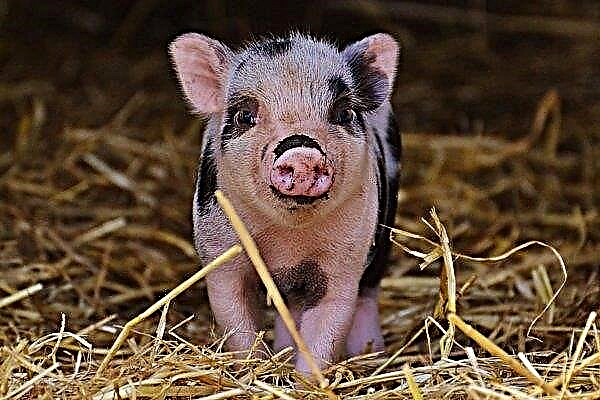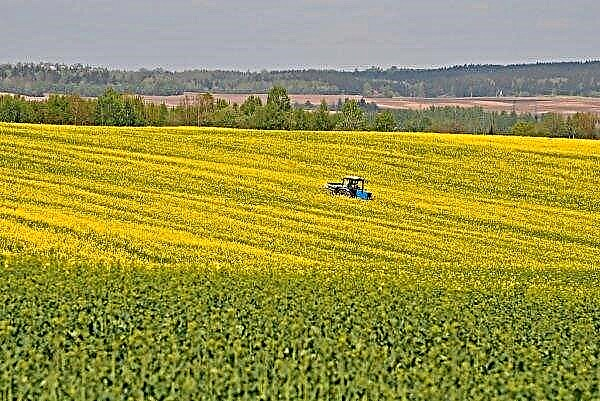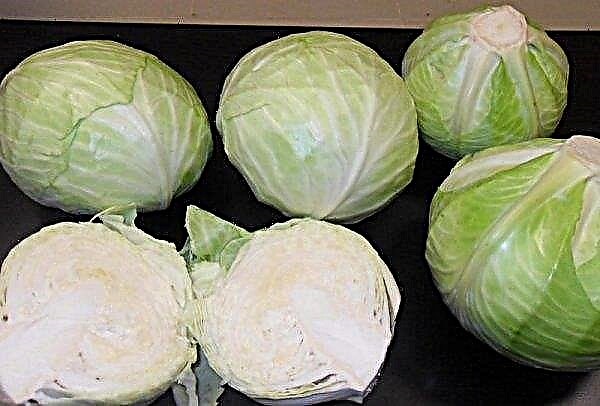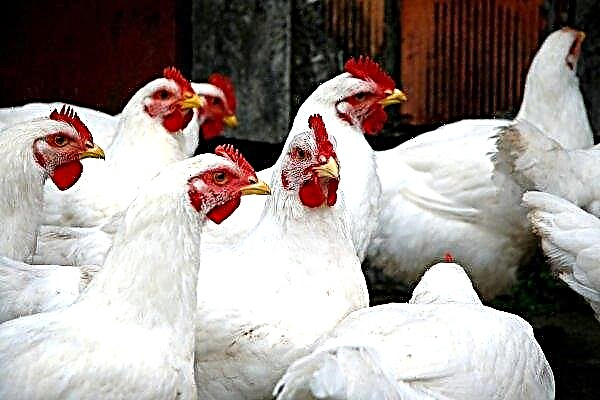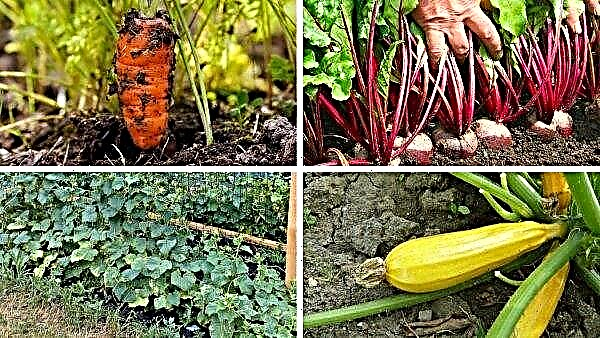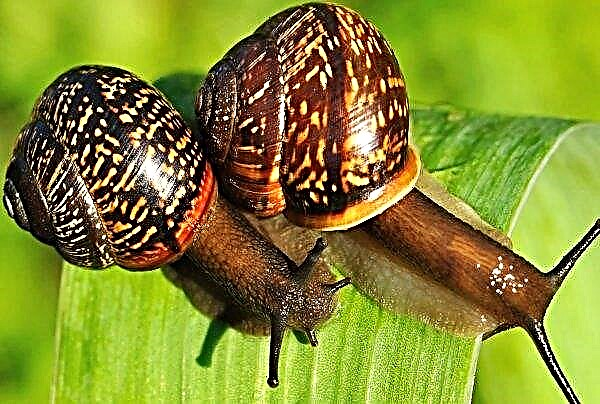Growing garden crops in a greenhouse is beneficial, but more troublesome, since it requires costs not only for cultivating the soil, but also for treating the structure. But then these troubles pay off later, if you approach the matter wisely. To do this, you need to know some of the features of preparing a greenhouse for winter.
Soil preparation in the greenhouse for winter
Preparatory work in the greenhouse consists of three stages:
- cleaning;
- disinfection;
- strengthening.
 The first stage involves cleaning the beds from vegetable litter. Then the topsoil is removed (5-7 cm) to remove weeds and pathogens. And finally - the collection of pest larvae by digging or sifting the soil. This procedure is best done in the fall, while the first two can be done in the spring.
The first stage involves cleaning the beds from vegetable litter. Then the topsoil is removed (5-7 cm) to remove weeds and pathogens. And finally - the collection of pest larvae by digging or sifting the soil. This procedure is best done in the fall, while the first two can be done in the spring.Important! If new soil was brought into the site, then before you put it in the greenhouse, you need to process it with chemical agents or biological products.
At the second stage, the soil and structure are disinfected in various ways. We will talk about them a little later. And at the end of the work on preparing the greenhouse for the winter, the structure is strengthened so that it does not collapse under the weight. If the greenhouse was made in such a way that only one season can be used, then it is better to take it apart.
Pests and diseases
The crops growing in the greenhouse most often affect the following diseases and pests:
- Late blight - fungal disease, manifested by dark spots on the leaves and fruits. Most often attacks tomatoes, but can also affect peppers, eggplants planted after them.

- Powdery mildew - a fungal disease that can be detected by white spots on the underside of the leaves. It usually appears in late summer or early autumn after sharp temperature jumps and long rains.

- Cladosporiosis - A rapidly spreading ailment of fungal origin that appears in the second half of summer. Initially manifested by brown spots, after - the death and decay of the foliage.
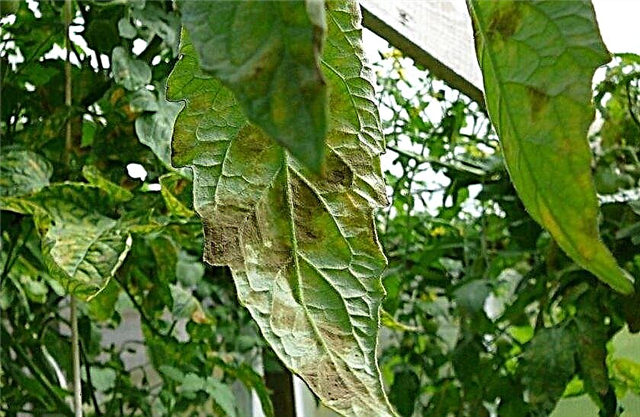
- Fusarium - a fungal ailment that begins to spread from the underground part of the plant, and then spreads to the leaves and stem, which leads to a change in their color to pale yellow and the rapidly withering green mass. It appears most often in the fall.
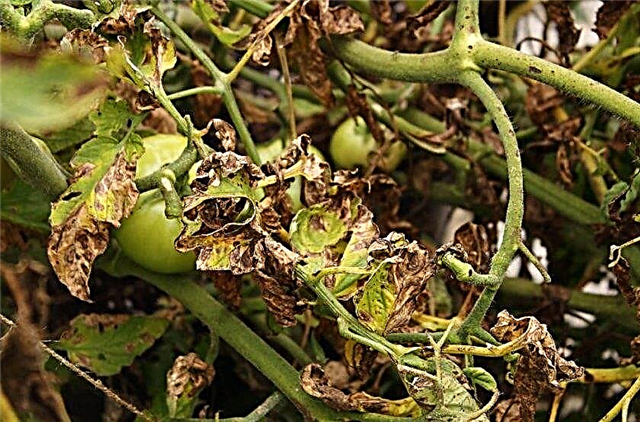
- Whitefly - a small insect that causes deformation, followed by drying of the leaves, falling buds, with the appearance of dark spots on the fruits.

- Spider mite - tiny red insects covering the plant with a thin cobweb.
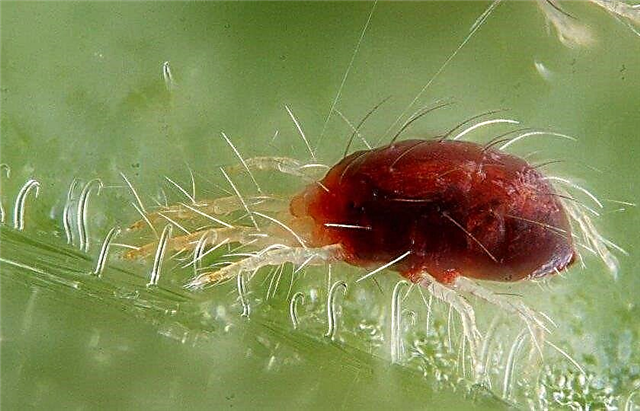
- Aphid - a small insect that can drink all the juices from a plant. It manifests itself in the form of a sticky coating and a deterioration in the appearance of the plant.
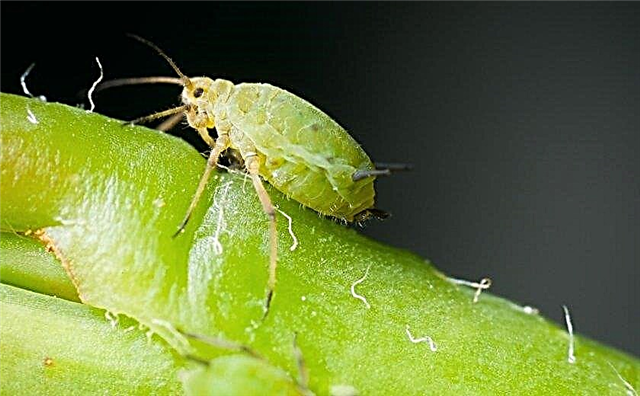
How to process and disinfect the earth in a greenhouse: processing methods
There are three ways to cultivate the earth: thermally, chemically, biologically. The first option is the most harmless, the rest are more effective.
Thermal
The thermal method involves steaming or freezing the soil. In the first case, it is necessary to prepare a sufficient amount of boiling water so that they can well moisten the soil in the greenhouse. After irrigation with hot water, the soil is covered with a film for 24–48 hours. This procedure is carried out three times in the fall. It is easier to process the land with cold, but only if the winter in the region is frosty. To do this, just open the greenhouse for 5-6 days.
Important! Cold is not effective in controlling pest eggs and bacteria. To combat them, we apply the steaming method.
Chemical
For chemical treatment use solutions of such drugs:
These solutions well moisturize the soil in the greenhouse.Did you know? In the XVI century in Europe there was such a phrase as "houses of oranges." So called devices similar to greenhouses intended for growing oranges. They were worth a fortune, so only their highest rank could afford them.
There are other chemical processing methods:
- Sulfur checker (2 pcs. Per 10 m²). The required number of checkers is evenly distributed over the bed and the wick is lit. At the same time, the windows and doors must be tightly closed. You can enter the greenhouse only 3 days after the procedure. After treatment, wash the inside of the wall with soap.

- "Fitosporin" (they are good at processing polycarbonate structures). A solution of the drug is prepared according to the instructions on the packaging. Ready means water the soil and wipe the walls. If a diluted preparation remains, then it must be stored in the dark.
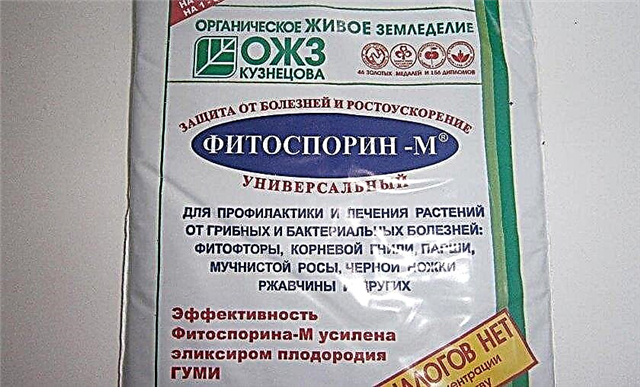
- Fungicide "TMTD", how to treat the soil when watering before planting seedlings (60 g per 1 m²).
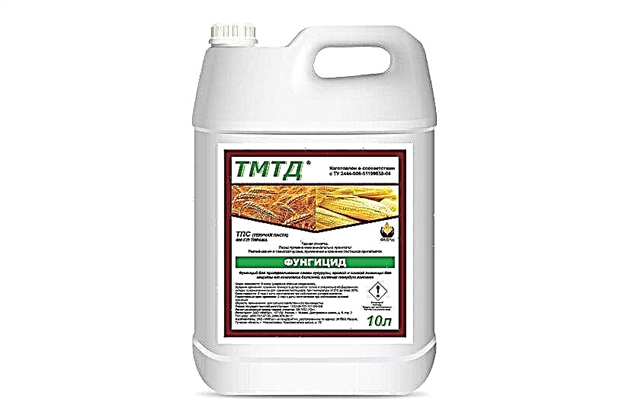
Biological treatment
Biological products are characterized by a harmless effect on the human body and plants, but an effective effect on pathogenic microorganisms and insects.
Did you know? The largest number of greenhouses are used by the Dutch. They occupied 10.5 thousand ha of land.
The following tools are used:
These drugs are used for watering the soil. The most common ailment attacking greenhouse plants is late blight, or late blight. The spores of the lower fungi that cause the disease can be found both in the soil and on its surface.Such means will help to improve the soil:
- Bordeaux liquid (250 ml per bucket of water);

- "Fitosporin-M" (15 ml / 10 l);
- potassium permanganate (2–5 g per bucket of water);
- copper sulfate (1 tbsp. l / 10 l).
Fertilizing soil for the winter
After disinfection is carried out, the soil must be fertilized. Both organic and mineral complexes are applicable. Organics improves the structure of the soil, making it loose, air- and moisture-permeable, and also saturates it with the necessary elements. As organics, manure, compost, humus, peat are suitable.
Mineral complexes:
All fertilizers are applied once, no later than mid-October.Useful Tips
Some useful tips:
- If you have a polycarbonate greenhouse, open all the windows and doors in it in late autumn. This will avoid the formation of ice.
- To reinforce the polycarbonate structure, T-shaped wooden supports can be used. Then the construction is unlikely to collapse under the weight of snow.
- It is advisable to regularly replace the soil in the greenhouse, at least the top layer.
- It is undesirable to leave foreign objects in the greenhouse for the winter so as not to spread pathogenic microorganisms.
As you can see, preparing a greenhouse for winter is easy. First, the soil is cleaned of litter, then disinfected and finally strengthen the structure. All these procedures will allow you to spend less time on pest control when growing crops. The main thing: do everything on time.














